The elegance of the architectural forms and ornamentation of the complex, situated just outside Florence on the slopes of Montereggi, illustrates the exceptional quality achieved by the Florentine craftsmen of the 15th century, who relied on the important architectural works entrusted to great artists as a constant point of reference. The great Renaissance painter Baccio Della Porta, called Fra Bartolomeo (1472–1517), lived here at one point and the complex also has some of his works. The structure was originally a hospital for travellers crossing the Mugnone valley, and the original church and Dominican convent, dedicated to Mary Magdalene, have been preserved. The hospital, designed by Andrea del Buono, was built in the 14th century close to the hills of Fiesole, and in 1464 Andrea di Lorenzo de’ Cresci purchased the property, reconstructing the church (possibly based on plans by Michelozzo) and the convent. In 1480 the complex was transferred to the Dominican fathers of San Marco, who turned it into a charitable institution.
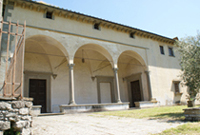 |
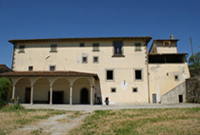 |
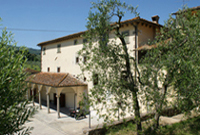 |
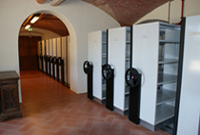 |
The complex takes up the simple architecture of the Florentine convent of San Marco and is a compact block with an almost rectangular plan. Its rooms are set around a central courtyard that has a portico with two orders on three sides. Fra Bartolomeo, who spent the last years of his life at the convent and died there, left a number of exceptional frescoes, such as a lunette with the Annunciation (1515) over a portal in the courtyard and his last work, the Noli me Tangere (1517), in the chapel of the garden of Maria Maddalena. It seems that, in the past, there was also a polychrome terracotta Nativity scene by Andrea della Robbia. Some of the works that were once at the convent have been transferred to San Marco.
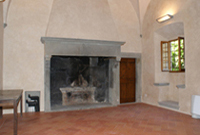 |
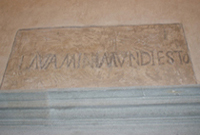 |
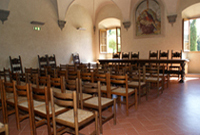 |
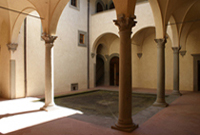 |
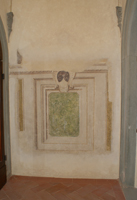 |
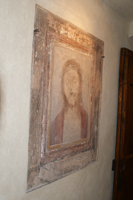 |
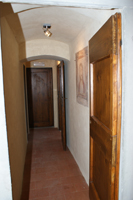 |
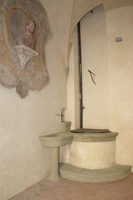 |
Presentazione Caldine (in pdf)
Presentazione Caldine (in flash)
Copyright © Biblioteca Medicea Laurenziana 2001 – 2016